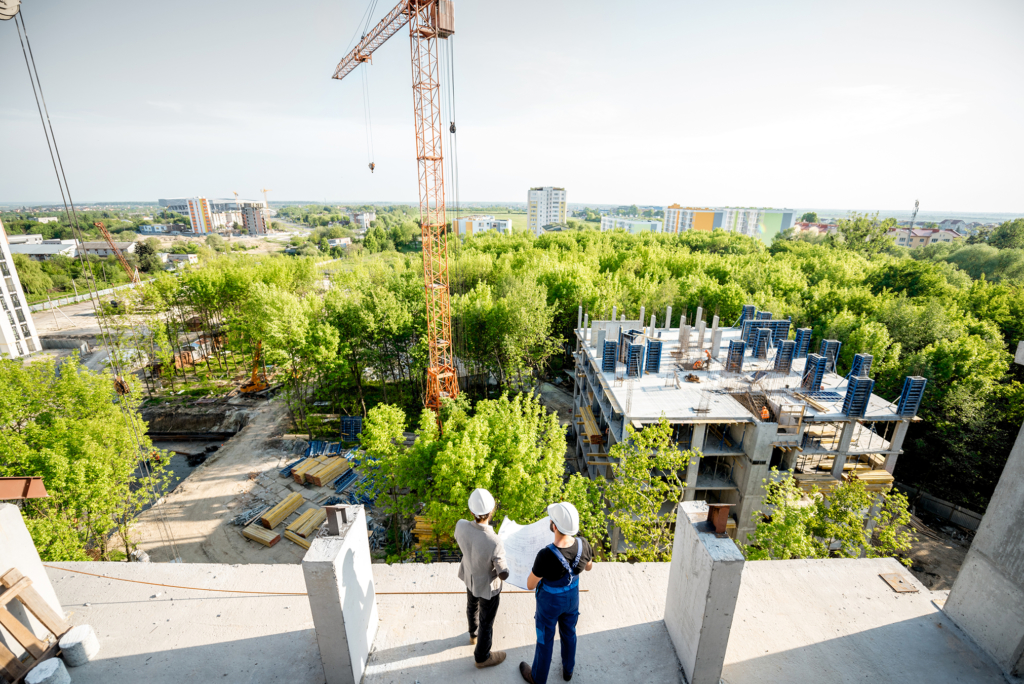
In the past decade, green building certifications have gone from nice-to-have seals of approval to essential business tools. But perhaps the most important transformation has occurred over the last five years, a shift from symbolic compliance to real-world performance. Today, it’s not enough for a project to earn a certification plaque. What matters is how the building operates, day in and day out.
At BuildGreen, we’ve seen this evolution firsthand. Clients are no longer asking how to get certified, but how to reduce utility bills, ensure long-term comfort for tenants, and deliver measurable outcomes.
“Sustainability certifications are now about impact,” says Răzvan Nica, CEO & Founder of BuildGreen. “Our clients are focused on performance, real savings, healthier spaces and smarter resource use. Certification is just the framework. What really matters is how the building behaves.”
From symbol to strategy
Today, certifications are becoming gateways. They help determine access to green financing, eligibility for government incentives, and attractiveness to institutional investors. Banks and funds are already adapting their ESG criteria and loan policies based on how well buildings align with internationally recognized standards. For many investors, a certified building is a requirement.
Another key driver of this shift is represented by the occupiers themselves. Large multinational companies now explicitly demand certified, energy-efficient and low-carbon spaces. They want to house their teams in buildings that support wellbeing, align with corporate climate targets and reduce long-term operational risk.
This trend is not limited to office buildings. Retail, logistics, and industrial spaces are also facing increased scrutiny and certifications have become an indicator of reliability.
A new engine for urban transformation
Certifications are also emerging as urban development tools. They are shaping healthier, more efficient and more resilient communities. primarily by encouraging new ways of thinking about energy use, indoor air quality, mobility and materials.
Failing to certify a building, on the other hand, is becoming a liability. As standards rise, non-certified buildings risk falling behind. Their value may stagnate, their appeal to tenants may shrink and their financing options may narrow. In competitive markets, that’s a disadvantage few developers can afford.
The road ahead
As regulations tighten, particularly those related to carbon emissions, certifications will increasingly serve as compliance benchmarks as well as value differentiators. For developers, property owners, and tenants alike, aligning with these standards isn’t just about sustainability anymore. It’s about future-proofing.
Buildings that embrace this shift will lead the way in both environmental and economic performance. Those that don’t may find themselves left behind.
At BuildGreen, we help real estate professionals across Europe turn certifications into opportunities, delivering not just documentation, but measurable performance and long-term value.

